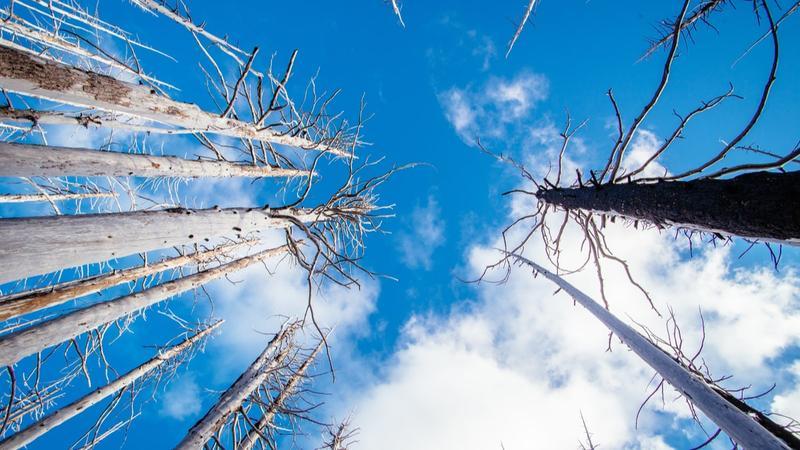- On average, more than 5,500 wildfires a year happen in Canada.
- Wildfire season generally runs from May to September.
- Most standard home insurance policies provide coverage for fire damage and living expenses (e.g. food, shelter, and clothing) if you’re forced to leave your home because of a mandatory evacuation order.
Wildfires in Canada are shockingly common. On average, over the last decade, there have been more than 5,500 wildfires annually, and this number is expected to increase as communities grow, development expands further into wildland settings, and climate change affects weather patterns.
However, a new report says measures could be taken to minimize the spread of a wildfire and the property damages caused while also improving the safety of area residents.
The measures are detailed in the nearly 200-page report titled “National guide for wildland-urban interface fires” and is a joint endeavour of the National Research Council Canada and Natural Resources Canada. The guide touches on everything from identifying hazards that contribute to wildfires, property considerations and community planning to lessen the spread and impact of a wildfire, to emergency procedures and outreach if the worst happens.
On the heels of the report’s publication, an analysis by the Institute for Catastrophic Loss Reduction (ICLR) followed and included the potential costs and savings of the proposed measures.
The ICLR found that the suggested guidelines would cost about $125 billion.
It sounds like a lot, and it is, but it represents just a quarter of the losses that could be prevented. The ICLR estimates that spending $125 billion could help prevent $500 billion in future losses.
Additionally, the ICLR says, implementing the measures would create 20,000 long-term jobs, save 2,300 lives, avoid 17,000 non-fatal injuries, and increase tax revenues by $1 billion.
Active wildfires in parts of Canada
You have to start somewhere, and the guide lays out a plan on how to lessen the impact of future wildfires in the country. In the meantime, there are active wildfires in many parts of Canada. Wildfire season generally runs from May to September.
At the time of this publication, in British Columbia, there are almost 300 active wildfires in the province, nearly 60 in Alberta, and over 160 in northern Ontario.
What happens if a wildfire damages your home?
The Insurance Bureau of Canada (IBC) issued a statement this past July reassuring residents that most standard home insurance policies provide coverage for fire damage and living expenses (e.g. food, shelter, and clothing) if you’re forced to leave your home because of a mandatory evacuation order.
The IBC also provided advice on what to do in the event you need to make a claim. This guidance is still relevant given the continued prevalence of wildfires in the country:
- If you've been ordered to leave your home, keep the receipts for your living expenses. Most property insurance policies cover reasonable living expenses when you can’t live at home due to an insured loss. Ask your insurance representative about the amount of living expenses you're entitled to claim and for how long.
- Once the evacuation order is lifted and it is safe to return to your home, assess the damage to your home and document it as much as possible. Take photos and make a list of all damaged or destroyed items as best you can. Keep damaged items unless they pose a health hazard.
- If possible, assemble proofs of purchase, photos, receipts, owners’ manuals or warranties for damaged items.
Once you’ve started the claims process, you will be assigned a claims adjuster. Given the growing number of people having to submit a claim, it may take some time for that person to reach out to you, but you will be contacted.
Your claims adjustor will walk you through the rest of the process. Take notes to keep track of what’s going on, and don’t hesitate to ask questions. It’s a stressful time, and the adjuster will help you navigate your way through it.
What happens if your car is damaged?
If you left a vehicle behind and it’s damaged from the fires, it’s your auto insurance policy — not your home insurance policy — that will help offset the costs of repair or replacement, but only if your auto policy includes comprehensive or all perils coverage. This coverage is optional, and not everyone buys it, especially if the insured car is older.
With files from Thompson’s World Insurance News. Used with permission.
